CrystEngComm
Design and understanding of solid-state and crystalline materials.
Editors-in-Chief: Christian Doonan and C Malla Reddy
Open Access: Hybrid
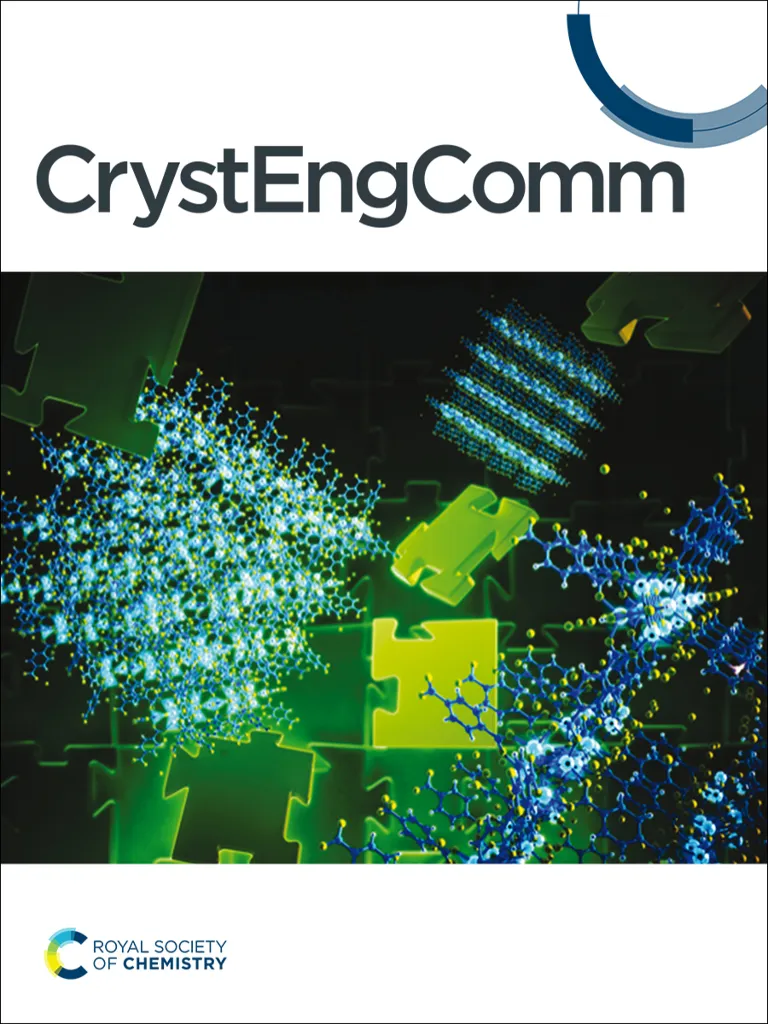
CrystEngComm is the forum for the design and understanding of crystalline materials. We welcome studies on the investigation of molecular behaviour within crystals, control of nucleation and crystal growth, engineering of crystal structures, and construction of crystalline materials with tuneable properties and functions.
ISSN: 1466-8033
Indexed in: Scopus, Web of Science
Journal Impact factor
2.6 (2024)
First decision time (all)
21 days
First decision time (peer reviewed)
26 days
Scope
CrystEngComm is the forum for the design and understanding of crystalline materials. We welcome studies on the investigation of molecular behaviour within crystals, control of nucleation and crystal growth, engineering of crystal structures, and construction of crystalline materials with tuneable properties and functions.
We publish hypothesis-driven research into how crystal design affects…
- phase transitional behaviours
- polymorphism
- morphology control
- solid state reactivity (crystal-crystal, solution-crystal and gas-crystal reactions)
- optoelectronics
- ferroelectric materials
- non-linear optics
- molecular and bulk magnetism
- conductivity and quantum computing
- catalysis
- absorption and desorption
- mechanical properties
Guidance on materials and techniques of interest is given below:
- crystalline organic and inorganic compounds
- MOFs and coordination polymers
- covalent organic frameworks
- nanocrystals
- host-guest systems
- multi-component molecular materials
- peptides and biomacromolecules
- liquid crystals
- single-crystal and powder X-ray diffraction
- electron diffraction crystallography
- neutron diffraction crystallography
- solid-state spectroscopy, spectrometry, and microscopy
- modelling and data mining
- empirical, semi-empirical and ab-initio theoretical evaluations
All papers should involve the use or development of a design or optimisation strategy. Routine structural reports or crystal morphology descriptions, even when combined with an analysis of properties or potential applications, are generally considered to be outside the scope of the journal and are unlikely to be accepted.
Readership information
Researchers in industry and academia working in the following fields.
- Solid-state inorganic and organic chemistry
- Materials chemistry
- Crystallography
- Crystal growth
- Crystal engineering
Information for authors
Want to publish in this journal? Our author guidelines explain how to prepare and submit your article and provide useful information on the review and publication process including transfers, revisions and any article processing charges (APCs) that may apply.
You can read our payments and funding information for further details about APCs, which may apply for publishing open access in this journal, as well available discounts and waivers.
You may be able to publish open access in this journal, with no APC to pay, if your institution has an open access agreement with us. You can use our journal finder tool to check for agreements between us and your institution.
Meet the team
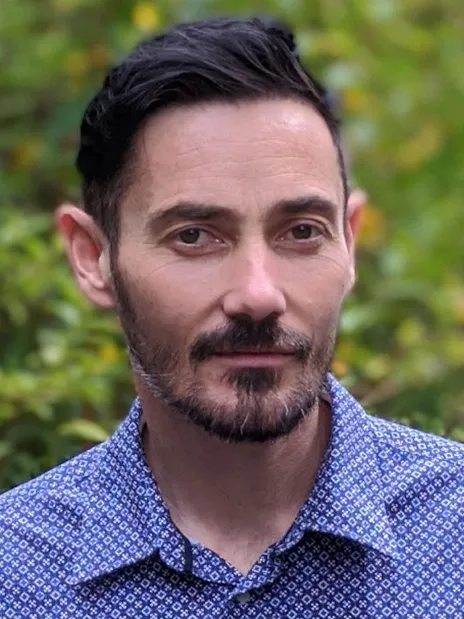
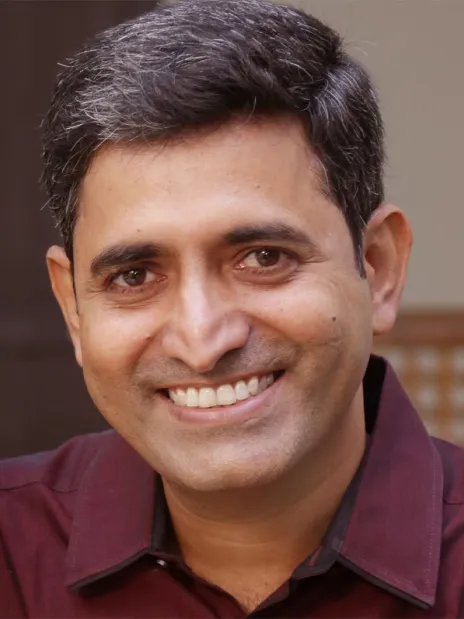

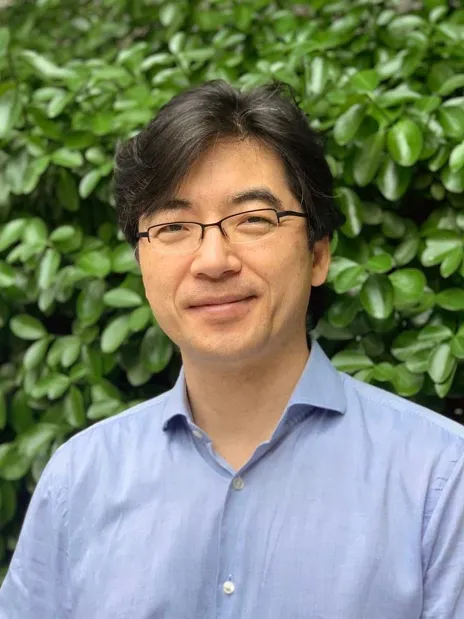

Dongfeng Xue
Associate Editor
Shenzhen Institute for Advanced Study, University of Electronic Science and Technology of China
View profile
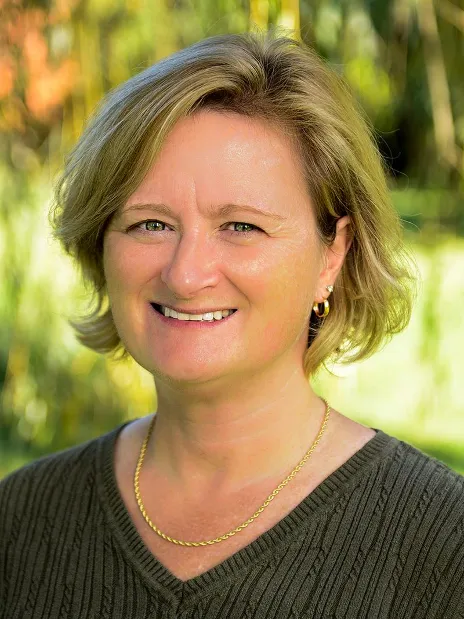

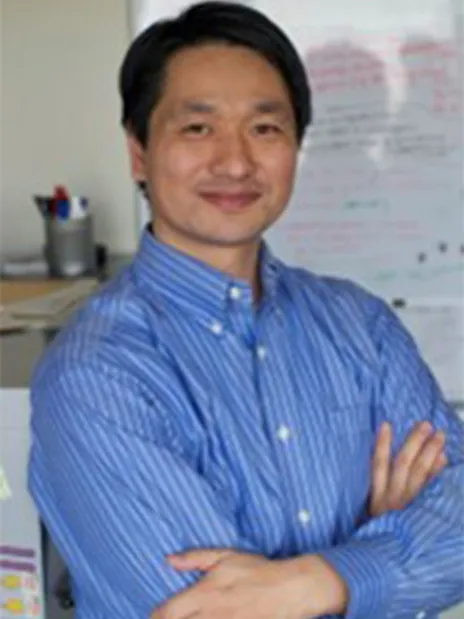

Christer Aakeroy
Kansas State University
Srinivasulu Aitipamula
Institute of Sustainability for Chemicals
Alessia Bacchi
University of Parma
Elena Boldyreva
Novosibirsk State University
Andrew Bond
University of Cambridge
Deepak Chopra
IISER Bhopal
Jack Clegg
University of Queensland
Simon Coles
University of Southampton
Franziska Emmerling
Federal Institute for Materials Research and Testing in Berlin
Paolo Falcaro
TU Graz
Omar Farha
Northwestern University
Sylvie Ferlay
Institut Le Bel
Antonio Frontera
University of the Balearic Islands
Georg Garnweitner
TU Braunschweig
David Harding
Suranaree University of Technology
Chris Hawes
Keele University
Delia Haynes
Stellenbosch University
Kristin Hutchins
University of Missouri
Christoph Janiak
University of Dusseldorf
Franca Jones
Curtin University
Jing Li
Rutgers University
Tong-Bu Lu
Tianjin University of Technology
Chiara Maccato
Padova University
Yuji Matsumoto
Tohoku University
Abel Moreno
National Autonomous University of Mexico
Parthapratim Munshi
Shiv Nadar University
Ashwini Nangia
University of Hyderabad
Lars Öhrström
Chalmers University of Technology
Simon Parsons
University of Edinburgh
Cynthia Pereira
Universidade Federal de Minas Gerais (UFMG)
Wei-Yin Sun
Nanjing University
Jennifer Swift
Georgetown University
Edward R T Tiekink
Universitat de les Illes Balears
Hongjie Zhang
Changchun Institute of Applied Chemistry
Sally Howells-Wyllie
Executive Editor
Mike Andrews
Deputy Editor
Michelle Canning
Development Editor
Emily Cuffin-Munday
Development Editor
Susannah Davies
Editorial Manager
Gaia De Angelis
Publishing Editor
Debora Giovanelli
Publishing Editor
Helen Lunn
Publishing Editor
Samuel Oldknow
Publishing Editor
Daphne Houston
Editorial Assistant
Huw Hedges
Publishing Assistant
Sam Keltie
Publisher
Read this journal
Paper
The behaviour of two diamino-derived host compounds in cyclohexanone and isomeric methylcyclohexanones
Paper
PaperControl of crystal size distribution in continuous cooling crystallization using non-isothermal Taylor vortex
Paper
Exploring uracil derivatives: synthesis, crystal structure insights, and antibacterial activity
Highlight
Computational insights on dynamic disorder in molecular crystals – from electron structure over phonons to thermodynamics
More from this journal
Contact the journal team
We're here to help. Contact the journal team if you have any questions about publishing your paper with us.
Sign up for journal email alerts
Get table of contents alerts and notifications about calls for papers, themed issues and more.
